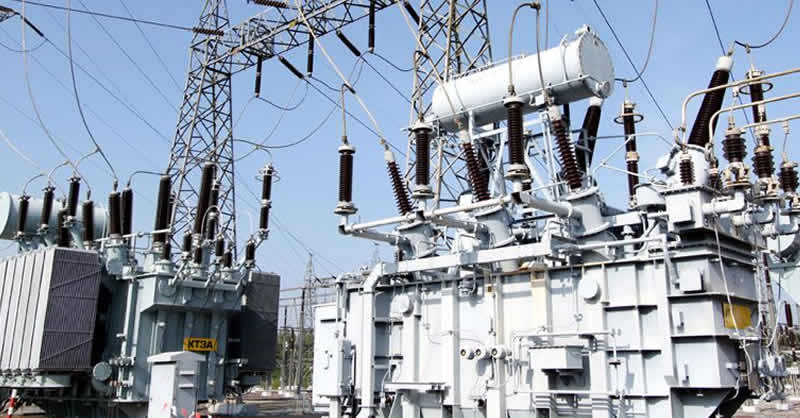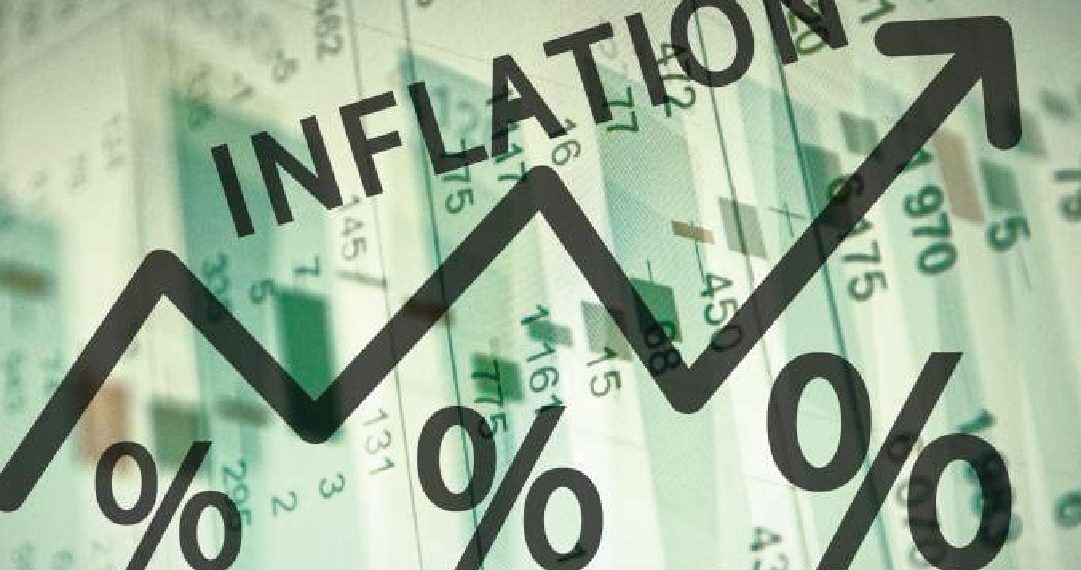Despite the Federal Government investing over N1.51 trillion in the power industry since the current administration took office in 2015, Nigeria’s available generating capacity decreased by 981.8 megawatts between 2015 and August 2022.
This occurred at a period when the national grid failed 98 times under the presidency led by Muhammadu Buhari was president.
The Association of Power Generation Companies, the governing body of electricity producers, provided a report on Power Generation Trend (2013 – August 2022), which was obtained in Abuja. The report showed that while the available power generation capacity was 6,616.28MW in 2015, it had decreased to 5,634.47MW as of this year.
It was also gathered that the total power generation capacity loss for the sector between 2015 and August 2022 rose to N1.76tn, as operators and experts decried the sorry state of the industry since it was unbundled in November 2013.
Data from the study suggested that the amount of available generation in Nigeria was not spectacular, especially since last year, despite additional research of the document revealing that the capacity for available generation changed between 2015 and 2022.
It should be noted that the average generation used is not the same as the available generating capacity because the latter is consistently lower than the former.
The document’s statistics really showed that Nigeria’s average used generation throughout the review period varied between 3,600MW and 4,118MW, which was obviously less than the least available generating capacity of 5,634.47MW recorded between January and August this year.
In 2015, 2016, 2017, and 2018, the available generating capabilities were 6,616.28MW, 7,039.96MW, 6,871.26MW, and 7,506.23MW, respectively.
The country’s electricity producers have respective power generating capacity of 7,381.67MW, 7,792.51MW, 6,336.52MW, and 5,634.47MW for the years 2019 through 2022 (January through August).
According to the research, the industry lost an average of N214.93 billion in 2015, N273.32 billion in 2016, N236.47 billion in 2017, and N264.08 billion in 2018.
The sector had annual capacity payment losses in 2019 of N256.97 billion, 2020 of N266.10 billion, 2021 of N159.86 billion, and 2022 of N88.13 billion respectively.
The aforementioned data therefore demonstrated that, despite the Federal Government’s projected N1.51 trillion in investments in the power sector, the available generating capacity did not significantly increase but, rather, had been declining since last year.
Grid Collapses
Despite the money injected into the industry, data from the Nigerian Electricity Regulatory Commission showed that the country’s electrical grid had been continuously experiencing partial and entire breakdown since 2015.
According to statistics from the commission, there were 10 occurrences of grid breakdown in 2015. 28 incidents were reported in 2016, while 21 cases were reported in 2017. According to the power sector regulator, there were 13, 11, 4, and 3 occurrences of grid failure in Nigeria in 2018, 2019, 2020, and 2021, respectively.
Nigeria’s power grid had failed roughly seven times this year, according to the performance of the grid and numerous updates from power distributors, even though the NERC hadn’t yet compiled statistics on system failure in 2022.
The most recent grid collapse occurred on September 25, 2022, when power generation on the system crashed from over 3,700MW to as low as 38MW. On July 20, 2022, Nigeria’s power grid saw the sixth collapse in 2022, while on June 13, The nation’s power system collapsed twice in March and twice again in April this year.
FG’s N1.51tn interventions
In addition to its regular financial allotments to the Federal Ministry of Power, the Federal Government made a number of interventions in the power sector in an effort to revitalize the sector.
The distribution and generating parts of the company, however, were unbundled and formally sold to private investors in November 2013. The Federal Government announced a loan of N213 billion to the privatized power companies on September 30, 2014.
The Nigerian Bulk Energy Trading Plc would use the N701 billion power assurance guarantee fund, which was authorized by the federal government on March 1st, to pay for the electricity produced by the producing firms for a two-year period.
It gave the money needed to address the month-to-month financial problems faced by generation companies, following the inability of power distributors to adequately meet their obligations in terms of remittances to the sector.
The government also provided another N600bn payment assurance facility to the sector in 2019. The fund was secured from the Central Bank of Nigeria.
Aside from these direct interventions from the Federal Government, the sector has also received funding from international financiers such as the World Bank, and African Development Bank (AfDB), among other development partners.














